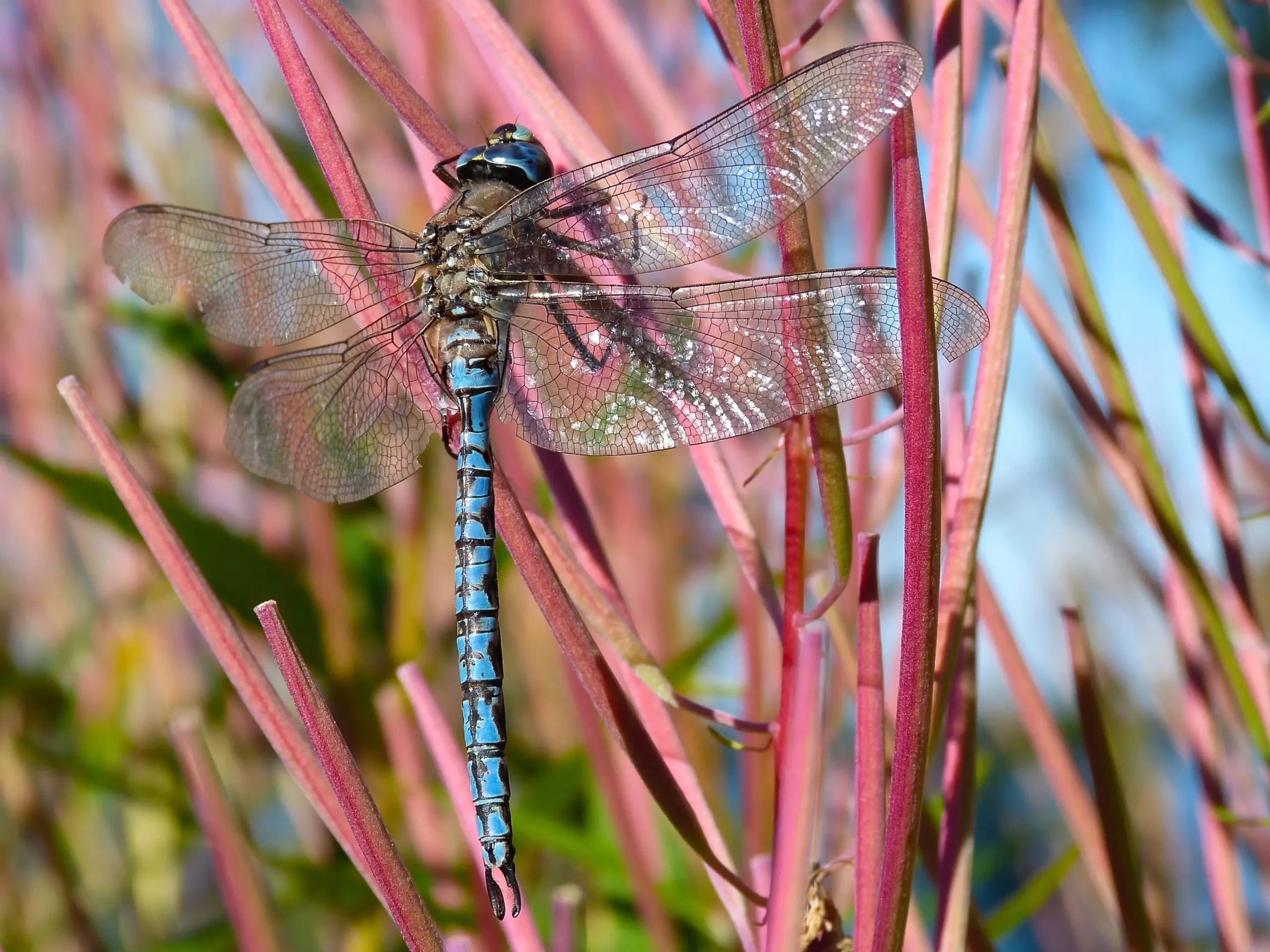Mercury pollution is one of the pressing environmental issues of our time, and its impacts stretch far beyond immediate ecological hazards. It poses formidable threats to human health, particularly affecting brain development in young children and leading to severe reproductive health issues in adults. Traditional studies have honed in on pollutants’ impacts on fish and birds, but they often gloss over the distinct patterns of mercury deposition across various ecosystems. Fortunately, recent research utilizing dragonflies as bioindicators provides unprecedented insights into how mercury behaves across different environments, setting the stage for informed environmental action.
Dragonflies: Nature’s Bioindicators
A groundbreaking study by a collaborative effort of scientists from the U.S. Geological Survey and other entities has revealed dragonfly larvae as remarkably effective indicators of mercury contamination. Their widespread habitats in diverse ecosystems—from wetlands to drier regions—make them ideal subjects for mercury monitoring. With the Dragonfly Mercury Project, citizen scientists played a pivotal role in collecting larvae from over 750 sites across 150 National Parks. This not only engaged the public but also created a vast database for understanding mercury pollution patterns.
Why dragonflies, you may ask? Unlike fish that may inhabit only specific aquatic environments, dragonflies serve as a bridge between various habitats, including areas where fish populations are scarce. This makes them particularly valuable in deserts and arid regions, where traditional assumptions have underestimated mercury exposure risks.
Understanding Mercury Transport Across Ecosystems
The research findings from the dragonfly study illuminate the varied ways mercury enters ecosystems based on geographic and climatic conditions. In arid areas, atmospheric mercury predominantly arrives via precipitation, while forested regions capture gaseous mercury that settles on foliage. The study highlights how these varying deposition patterns can alter the bioavailability of mercury in local food webs, complicating patterns of accumulation in organisms.
Christening their work as changing the ecological narrative around mercury, lead author Sarah Janssen points to how understanding these nuances can reshape future pollution monitoring strategies. By using advanced technology that deciphers unique chemical signatures of mercury, researchers can identify specific sources and pathways of contamination. This approach is transforming what we know about environmental management, decidedly incorporating a localized understanding of pollution transport dynamics.
The Global Implications of Local Findings
The ramifications of this study stretch beyond national boundaries, directly informing global agreements such as the Minamata Convention—a treaty aimed at curbing mercury use and emissions worldwide. Insights into how specific ecosystems manage mercury pollution can empower nations to adopt more effective monitoring and remediation strategies that account for local conditions.
Elephants in the room, such as the high levels of mercury found in desert dragonflies, challenge conventional wisdom and signal the need for deeper investigation into these often-overlooked ecosystems. As Richard Haeuber from the EPA emphasizes, understanding how different ecosystems receive atmospheric mercury can help refine monitoring practices and align resources to combat pollution more effectively.
Citizen Science as a Catalyst for Change
What sets this research apart is not merely its scientific findings but its demonstrated ability to engage the public in meaningful ways. The collaborative spirit of the Dragonfly Mercury Project showcases the transformative potential of citizen science. By involving community members in data collection, the initiative not only enriches scientific methodologies but also raises public awareness about crucial environmental concerns.
Ecologist Colleen Flanagan Pritz reiterated the importance of this engagement, reminding us that national parks serve as critical biodiversity refuges. The data gathered sheds light on mercury pollution’s effects on these vital spaces, emphasizing the need for responsible management that preserves both the parks and the species they harbor. The study exemplifies how grassroots participation can yield tangible conservation outcomes, marrying scientific inquiry with public enthusiasm.
Looking Forward: The Future of Mercury Monitoring
As policymakers and environmental advocates scrutinize the findings from this unique research, the path forward looks promising. Enhancing our understanding of diverse ecosystems and leveraging citizen participation can drive impactful policies against mercury pollution. With dragonflies at the forefront of this dialogue, the potential for actionable change is potent.
Innovation in science, when intertwined with community involvement, can shape a sustainable future, illustrating that environmental stewardship is not solely the duty of scientists but a collective responsibility. As we work towards cleaner climates and healthier ecosystems, the voices of the public will increasingly guide the discourse, emphasizing the beauty and significance of collaboration for our planet’s future.

